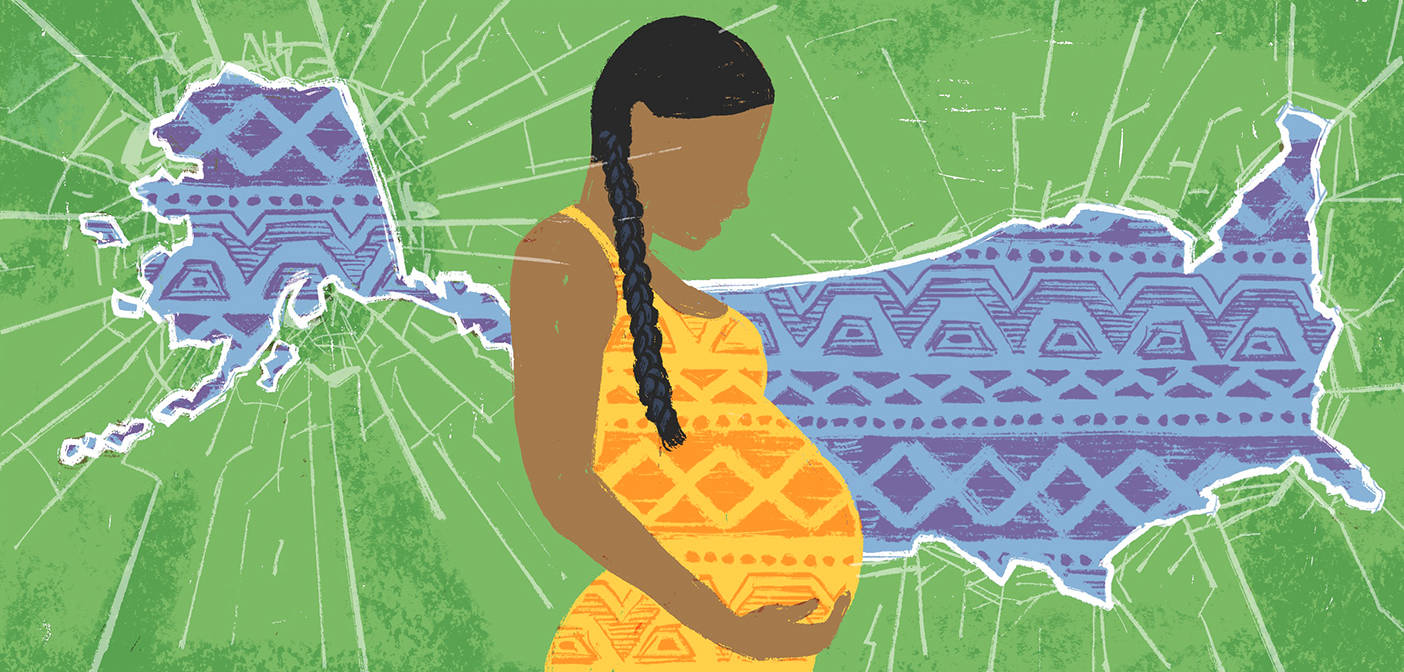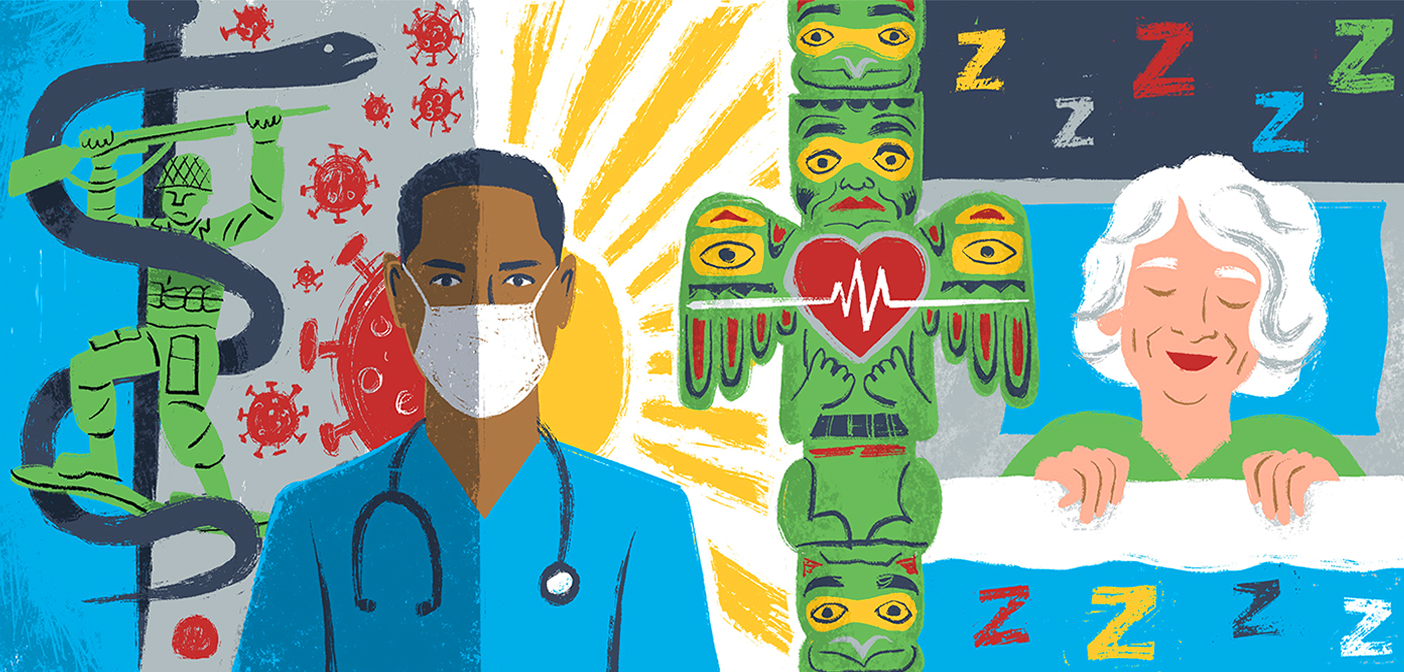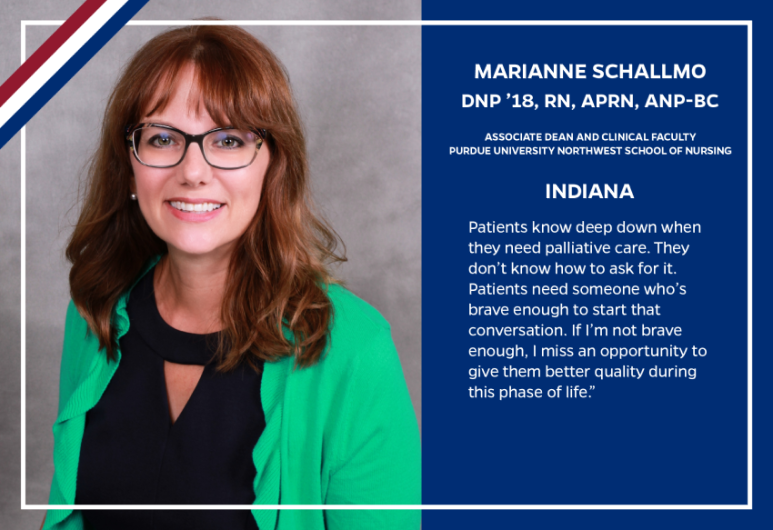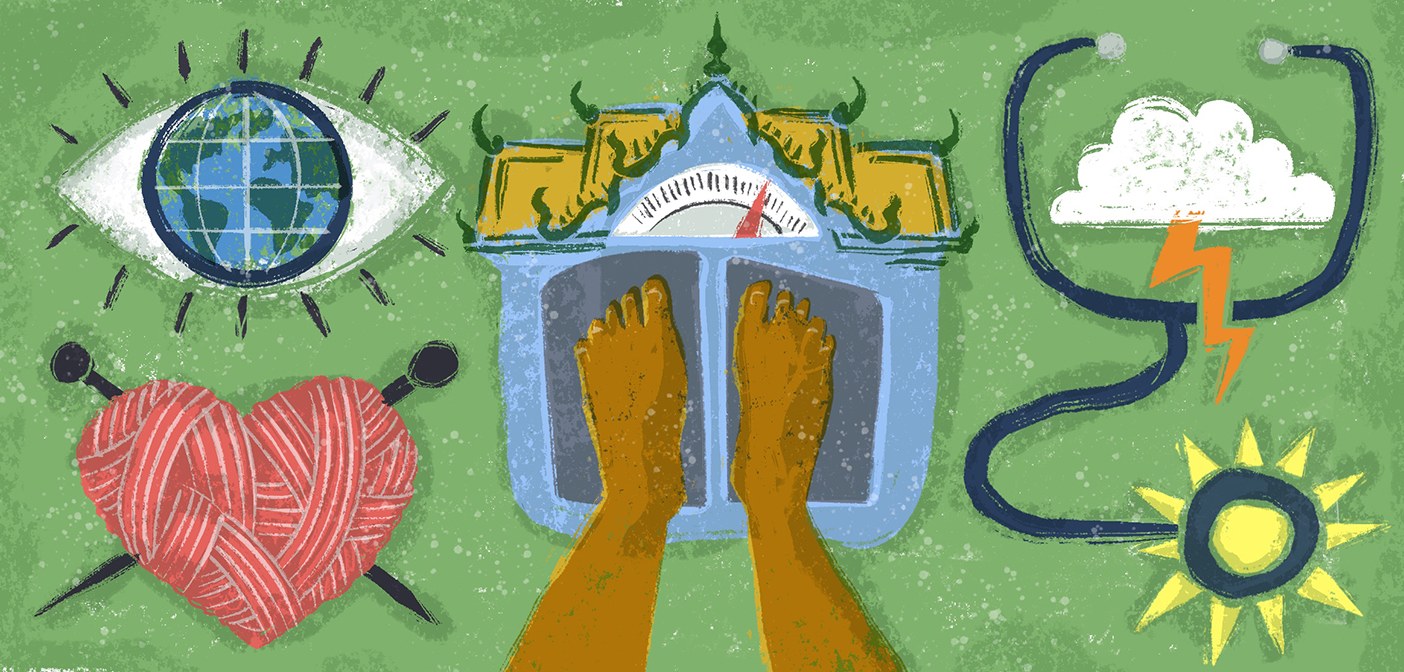Dr. Vinciya Pandian delivered this speech to the National Opioid Crisis Community Summit on Tuesday December 11, 2018.
Over the past 15 years, working as an Acute Care Nurse Practitioner in the City of Baltimore, I have cared for many individuals who were admitted for drug overdoses, who needed mechanical ventilators or breathing machines to help them fight for their lives.
I watched unprepared and devastated family members grieve the loss of their loved ones. I cared for some individuals who survived the drug overdose event but developed long-term brain damage, or, equally as hurtful, irreparably damaged important family relationships. Some patients lost their jobs and became a burden to their families and their community. The drug overdose event, and subsequent social and physical complications, affected my patients individually but have also affected the country’s health as evident in the decreased life expectancy in the United States.
I had one patient, a 24 year old Caucasian man, who had just started working for a large company and made a 6-digit salary. He was recently married with a newborn baby. Two years before we met, he was in a motor vehicle accident that required back surgery. In the process of trying to manage his surgical pain, he got used to taking opioid pain medications that he eventually couldn’t live without. When his medications ran out, he went from one clinic to another seeking pain medications, and eventually sought opioids on the streets. The day he was admitted to our ICU he had consumed more opioids than his body could handle and unfortunately, despite all measures, he did not make it.
It was devastating to watch his parents grieve; they kept repeating, “He was a 4.0 GPA student. He was smartest in the class. He never got into any trouble.” They did not see this coming. His wife stood at his bedside holding their newborn. She didn’t know what the future held for her or her baby since their life insurance hadn’t kicked in yet.
Last fall while taking a course on Health Systems Management at the University of Baltimore, I was expected to write a paper on a national crisis topic and discuss how I would tackle it at a county level. I decided to write the paper on the opioid crisis because, through my work, it had become dear to my heart. Even though, as a clinician, I have cared for many patients with drug overdoses in the City of Baltimore where the problem is much higher, I decided to write the paper focusing on Harford County because I have been a resident of Harford County for more than a decade and I have a child who is growing up in this community, and he is at a high risk of being exposed to drugs even in middle school.
When I reviewed Harford County’s statistics, I was surprised to find that the opioid overdose problem was sky-rocketing in a county where the people affected frequently came from affluent families, which was very different from my previous notions that opioid addiction primarily impacted African Americans and people living in poverty. Yet in Harford County the most affected demographic is Caucasian men between the ages of 29 and 35. It is evident that the opioid crises affects people regardless of ethnicity, educational background, and socioeconomic status.
Right now, federal and state governments are directing most of their financial resources to address the aftermath of the national opioid crisis by strengthening harm reduction measures. Harm reduction measures are very important and necessary in our community. However, you and I know that if a basement floods, we can mop all day long but the problem will persist until we fix the source of the flooding.
We need to identify the sources of the opioid crisis and fix them utilizing preventative measures. So, even though the individuals who are at high risk for opioid overdoses in Harford County are between the ages of 29 and 35, middle and high school age children the real target population where we can implement preventative measures.
In the movie “Beautiful Boy,” Steve Carrell plays a father struggling to get his drug-addicted son clean. He says, “There are moments that I look at him, this kid that I raised, who I thought I knew inside and out, and I wonder who he is now.” In another scene, the son yells at his dad, “I don’t feel like I have a disease. This isn’t like cancer. This is my choice. I put myself there.” As a mom in Harford County, I want to prevent my son and his friends from putting themselves there.
As I was researching for my paper trying to figure out which preventative measure I could propose to tackle the problem at the Harford county level, an evidence-based approach from University of Washington stood out. It was an operating system called “Communities That Care.”
The special thing about Communities That Care is that the operating system allows us to add more applications to it. We have a lot of opioid related efforts that are occurring in silos in the community. Communities That Care helps us unite all of those efforts for a comprehensive approach to addressing the issue.
Communities That Care uses a public health approach. That means it works towards changing conditions in order to promote well-being across the community. It works helps us prevent the problem from occurring even before it happens.
Communities That Care is owned and operated by the community. It is data driven, and uses data from our community (such as youth surveys and publicly available information) to focus efforts on the most important factors to protect our youth. It is evidence-based and utilizes evidence-based registries to identify appropriate programs and policies.
And, finally it is outcome focused! We will focus on bringing the Harford County Community together to look at local data and select protective and risk factors that are most important to our Harford County Community’s young people in order to address them.
Now let’s talk about how it works! The Community That Cares process involves 5 phases.
Phase 1: Get started
This is where Harford County’s champions work behind the scenes to urge our community to start the process. We have Randy Robertson, our City Manager, Tara Lathrop from Harford County Drug Policy Office, LTC Jody Brown and Col. Donald Kimbler from APG, Ivan Montanez, who recently retired from the military, Robert Lake from KBRWyle industry, and Eric McLauchlin, an attorney in the community. They are are working hard towards identifying key leaders who care about the opioid crisis and the youth in our community.
Some additional leaders and organizations who are invested in seeing this operating system up and running are Major General Randy Taylor, Aberdeen City Councilmen Joe Ryan, the Harford County Drug Policy Office, the Johns Hopkins School of Nursing, the ECHO recovery group, SAFE, and many more. We have identified about 30 key leaders whom we are in the process of inviting them for a key leader orientation in February of 2019. We would welcome more key leaders.
Phase 2: Get organized
This is where we build a community board. In Harford County, our Major General Randy Taylor has developed an opioid task force and so, it makes sense to allow that task force to take the lead in installing the Communities That Care operating system in Harford County. Right now, the coalition (also known as the community board) comprises the Executive Committee and 6 working groups. In Phase 2, the many members of the Harford County Community That Cares coalition attended a 3-day workshop to learn about prevention science, write a vision statement, form working groups, and do all the initial planning necessary to take the next steps.
Phase 3: Develop a Community Profile
We, as a coalition, have decided to demonstrate the effectiveness of Community That Cares in the City of Aberdeen before we expand to the rest of the county. During this phase we plan to conduct an online survey of students in Aberdeen City schools in grades 6, 8, 10, and 12. The survey will help us identify both risk and protective factors. The coalition will review risk and protective factors to select priorities that require action. We will take a look at the resources in our community to find out what is already working well to support those priorities and where there are gaps in services that the coalition could help improve.
Phase 4: Create a Plan
The Harford County Community That Cares Coalition will create a plan to pull all the community data together and write an action plan for our community’s prevention work. Once we compile the assessment information, we will select tested and effective programs and policies that address the priorities and fill the resource gaps we find during the assessment process.
Phase 5: Implement and Evaluate
Here we turn all our planning into action. We will implement programs and policies and deliver them with high quality. We, as a community, will monitor them to ensure that they are being delivered with rigor. We will celebrate successes! And we will track the changes in our children’s health and well-being to hopefully see the changes we sought.
We must keep in mind that the phase five is not the last phase; Community That Cares is a continuous process of improvement. We will revisit all these phases over the years to continue improving the health and well-being of our children as we aim to address the opioid crisis and prevent new overdose cases.
Effectiveness
Community that cares has been implemented in over 100 communities. Initial studies with other interventions show powerful results:
- Tobacco use decreased by 33%
- Alcohol use decreased by 32%
- Delinquent behavior decreased by 25%
- Marijuana use decreased by 24%
- Inhalant use decreased by 18%.
Evidence also shows that for each dollar a community invested in Community That Cares, they earned four to five dollars back by decreasing the frequency of drug use, use of emergency medical services, and the number admissions to the hospital.
At this time, I would like to request each one of you to take a moment to think of a person who is in your circle is struggling with opioids misuse or any other drugs. I am sure that every one of you seated here can identify at least one person who has been affected.
The only way to address this crisis is by using an “all hands on deck” approach. Adopting Communities That Care is not an option, it is a requirement because we must be a community that cares!

ABOUT THE AUTHOR: VINCIYA PANDIAN
 Vinciya Pandian, PhD, MBA, MSN, RN, ACNP-BC, FAAN, is an Assistant Professor at the Johns Hopkins School of Nursing. She is an internationally known tracheostomy nurse practitioner and has served as a director of practice, education, and research for the Johns Hopkins Airway Program that includes the Tracheostomy and the Difficult Airway Response Programs
Vinciya Pandian, PhD, MBA, MSN, RN, ACNP-BC, FAAN, is an Assistant Professor at the Johns Hopkins School of Nursing. She is an internationally known tracheostomy nurse practitioner and has served as a director of practice, education, and research for the Johns Hopkins Airway Program that includes the Tracheostomy and the Difficult Airway Response Programs

 JHSON Highlights
JHSON Highlights Heart Health in Native Populations
Heart Health in Native Populations Summer Research Roundup 2023
Summer Research Roundup 2023 The Knowledge to Embrace Life
The Knowledge to Embrace Life Summer Research Roundup 2022
Summer Research Roundup 2022







